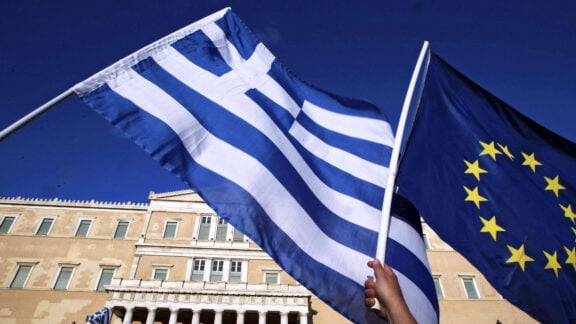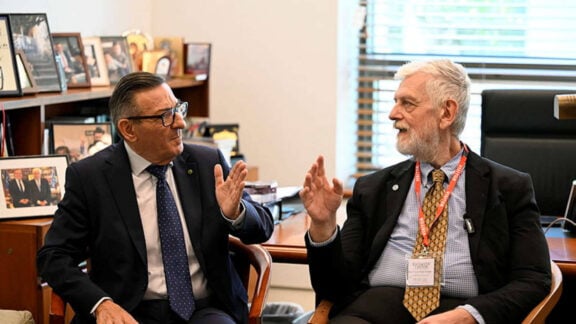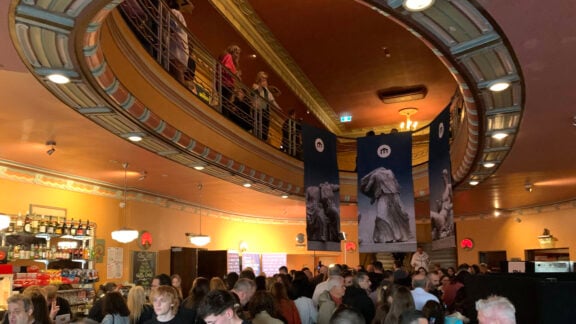For the past seven years, Greece’s economy has been trying to resurface, after being immersed into a recession of unprecedented severity, resulting to hundreds of thousands of businesses being destroyed and one million jobs lost. With external lending being tied to the austerity measures demanded by the country’s creditors, the only hope for the Greek economy is to become attractive to foreign investment; something that has yet to happen. However, there is a sector which has been booming, becoming more competitive and effectively spearheading the stabilisation and gradual recovery of the Greek GDP: tourism.
The observed stabilisation and gradual recovery of Greek GDP is primarily due to the export reorientation of the Greek economy, with inbound tourism spearheading the effort. In a report titled ‘Greek Tourism Developments and Prospects’, the Greek Tourism Confederation (SETE) confirmed the export reorientation of the Greek economy, through tourism, stating that, between 2010 and 2016, traveller receipts increased by 38 per cent and, by now, more than 90 per cent of total tourism activity in Greece is due to non-residents – within a fiercely internationally competitive environment.This effect has been even more evident since 2012.
For the past five years, Greece has attracted up to nine million more tourists – not counting cruise ship arrivals – bringing the country to 14th place on the World Tourism Organization’s (UNWTO) list for 2016, from 17th place, where it was previously. This move upwards by three spots allows for SETE to be optimistic and envision a top-10 spot soon. Tourism data so far supports this optimism, showing a mild increase of arrivals for 2017 that allows the sector officials to estimate incoming arrivals at 26 million (from 24.8 million in 2016 – which accounted for €12.8 billion in revenue).
Adding cruise arrivals, which are projected at 20 per cent compared to last year due to geopolitical uncertainty in the SE Mediterranean, this number means that total arrivals should exceed 28.5 million. If average tourism spend recovers to 2015 levels, then total revenue is estimated at between €14.2 and 14.5 billion, setting a new record. As far as investments go, the tourism sector has also proven to be a leader, attracting investments of more than €1.4 billion, of which €615 million are domestic investments, in 2014 and though no data is available for 2015 and 2016, SETE officials believe that the numbers should not fall far from that. In absolute terms, 15.5 tourism arrivals were recorded in 1012, which by 2016 reached 24.8 million, the biggest increase of any country between the specific time period, followed by Mexico and Thailand which have seen their visitors increase by 49.5 percent and 45.5 per cent respectively. Part of this surge, Greece has gained from Turkey’s tourism implosion over the same period, whereas the former overtook Ukraine for 15th place. The latter lost 12 million, mostly Russian, tourism arrivals on average per year.









